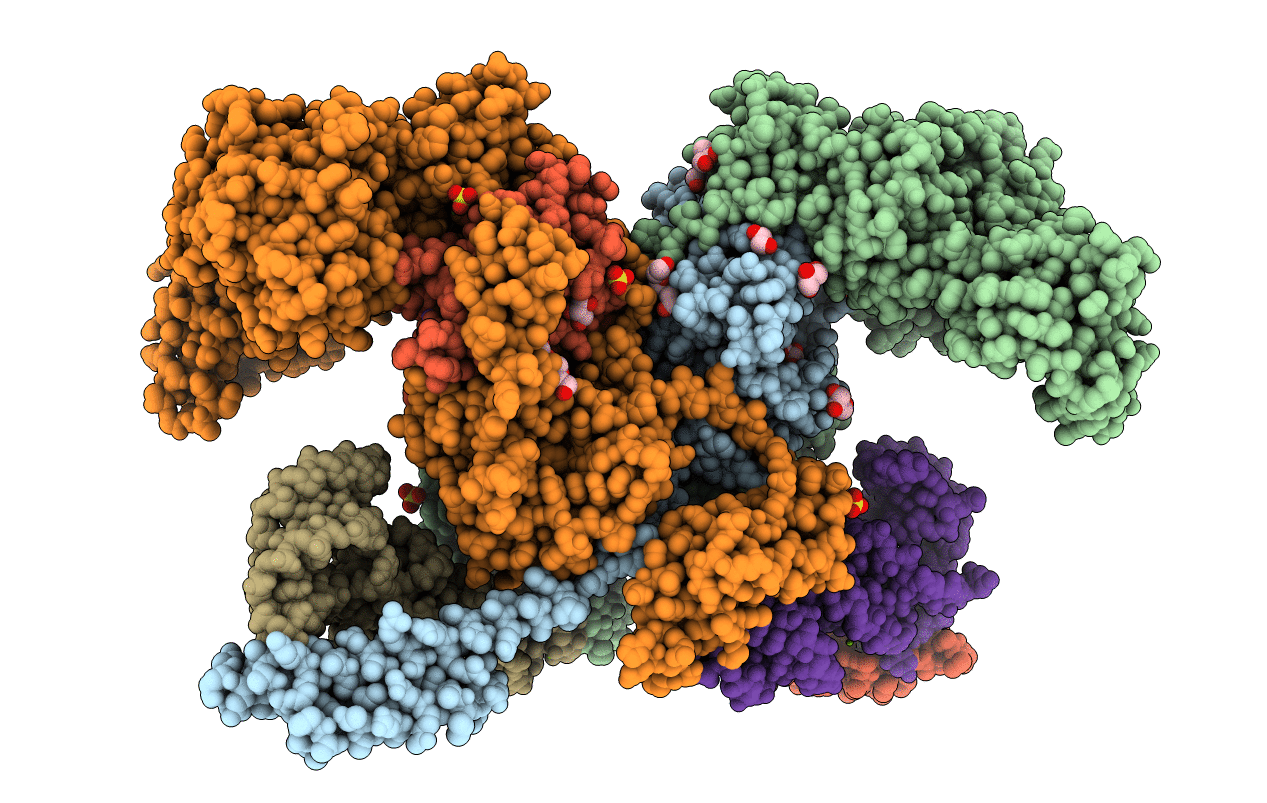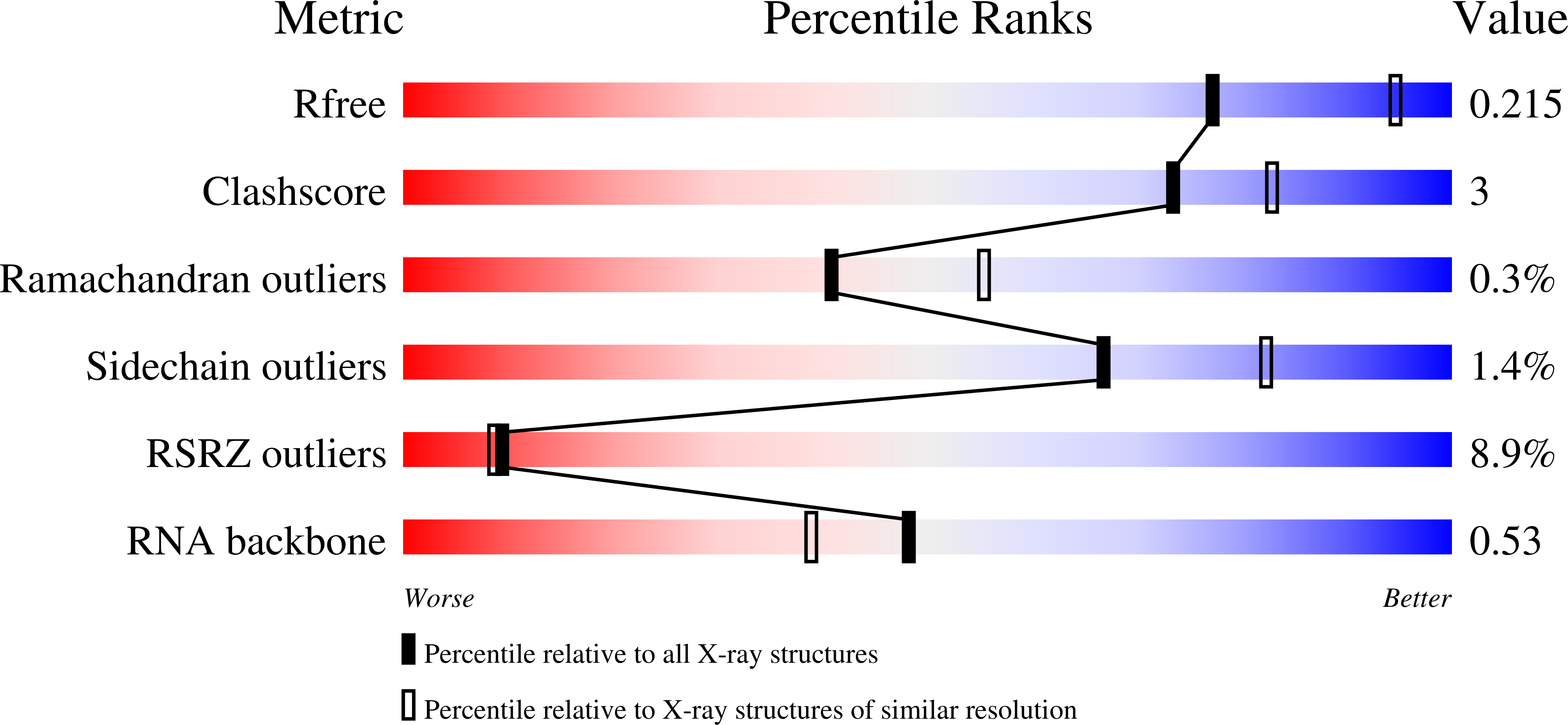
Deposition Date
2020-09-29
Release Date
2021-05-12
Last Version Date
2023-10-18
Entry Detail
PDB ID:
7KA0
Keywords:
Title:
Crystal structure of the complex of M. tuberculosis PheRS with cognate precursor tRNA and phenylalanine
Biological Source:
Source Organism:
Host Organism:
Method Details:
Experimental Method:
Resolution:
2.40 Å
R-Value Free:
0.21
R-Value Work:
0.17
R-Value Observed:
0.17
Space Group:
C 1 2 1


